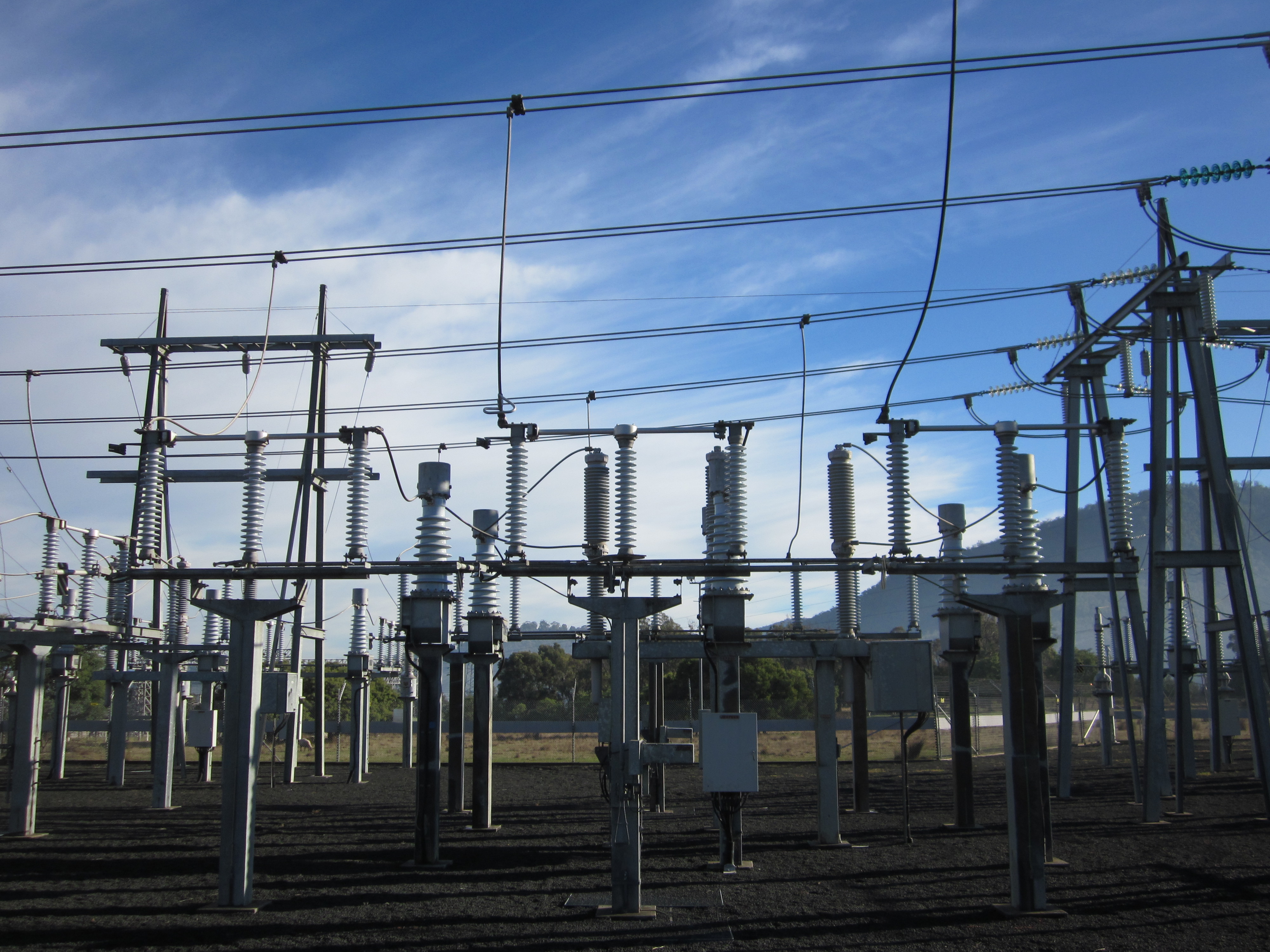Revenue Reset
What is a revenue reset?
As a provider of electricity transmission and distribution network services we are required to submit a regulatory proposal to the Australian Energy Regulator (AER) every five years. Our proposal outlines our plans for planning, building, operating and maintaining Tasmania's electricity network and customer network charges.
At the end of this multi-year process, the AER releases a final decision that confirms our Maximum Allowed Revenue (MAR), or how much we can recover from our customers via our network charges in the new regulatory period.
Our current regulatory period starts 1 July 2024 and runs to 30 June 2029.

Purpose of a revenue reset
Revenue resets are one of the AER’s key regulatory processes, designed to:
- ensure consumers pay no more than necessary for safe and reliable energy
- confirm how much an electricity distribution or transmission business like TasNetworks can recover from its consumers over a five-year period
Revenue reset process
The development of each regulatory proposal requires extensive work across multiple teams within TasNetworks. Historically this has taken several years, but TasNetworks now regards revenue resets as an everyday business function, meaning planning for the next regulatory period begins before the last revenue proposal is submitted to the AER.
Developing these proposals, which includes hundreds of individual documents, requires expertise and inputs like network and asset planning, reviews of existing services and strategies, financial forecasting, tariff and pricing modelling. All of this is underpinned by an engagement program with customers and stakeholders to ensure our future program of work supports their immediate and long-term needs and is as efficient as possible.
How we determine customer prices
As part of our regulatory proposal we also need to submit a Pricing Methodology to the AER, detailing how we intend to recover our revenue from our transmission customers during each five year period via our network charges. We then also need to revise our network charges each year in accordance with the National Electricity Rules (NER).
The AER approves our Tariff Structure Statement (TSS), which outlines our strategy on how we intend to recover our revenue for Standard Control Services (SCS) for the upcoming regulatory control period. This ensures that our prices are fair and comply with the NER. Our Tariff Structure Explanatory Statement (TSES) explains how we determined our network tariff strategy and the associated charges that impact most customers connected to the network.
Find out more about how we recover costs from our distribution customers in the factsheets below:
-
Factsheets
- Factsheet - Consumer Energy Resources
- Factsheet - Developer Mains Scheme
- Factsheet - Electric Vehicles
- Factsheet - Embedded Networks
- Factsheet - Network Tariff Reform
- Factsheet - Residential Network Tariffs
- Factsheet - Small Business (TAS94) Time of Use Network Tariff Changes
- Factsheet - Small Business Network Tariffs
Learn more about how our prices are determined:
Distribution
The distribution network is the infrastructure that delivers electricity to you. This includes overhead lines, underground cables, power poles and substations.
Transmission
The transmission network is responsible for receiving and transmitting high voltage electricity from generators and delivering it to the distribution network.
Your electricity bill (and the revenue reset)
The revenue the AER approves for us to recover from our customers has a direct link to your electricity bill. Once revenue is confirmed, our teams adjust our network charges (tariffs) to cover the cost of providing electricity to your home or business.
Our network charges are one of eight different costs in a typical distribution electricity bill. In 2024-25, the network charges account for approximately 42 per cent of the bill. The final overall price Tasmanian distribution customers pay for their electricity is determined by the Office of the Tasmanian Economic Regulator (OTTER) as part of their annual pricing review, completed before the start of each new financial year. OTTER considers all aspects of the bill when setting prices, including our network charges, along with generation, retailer costs and metering. The new prices apply for distribution customers from July each new financial year. Read more about OTTER’s price setting process here: Electricity Pricing Explained | Office of the Tasmanian Economic Regulator
Our revenue proposals
Access our current and previous revenue proposals on the AER’s website:For more information, visit our engagement and information hub for our 2024-29 revenue reset project at Talk With TasNetworks

